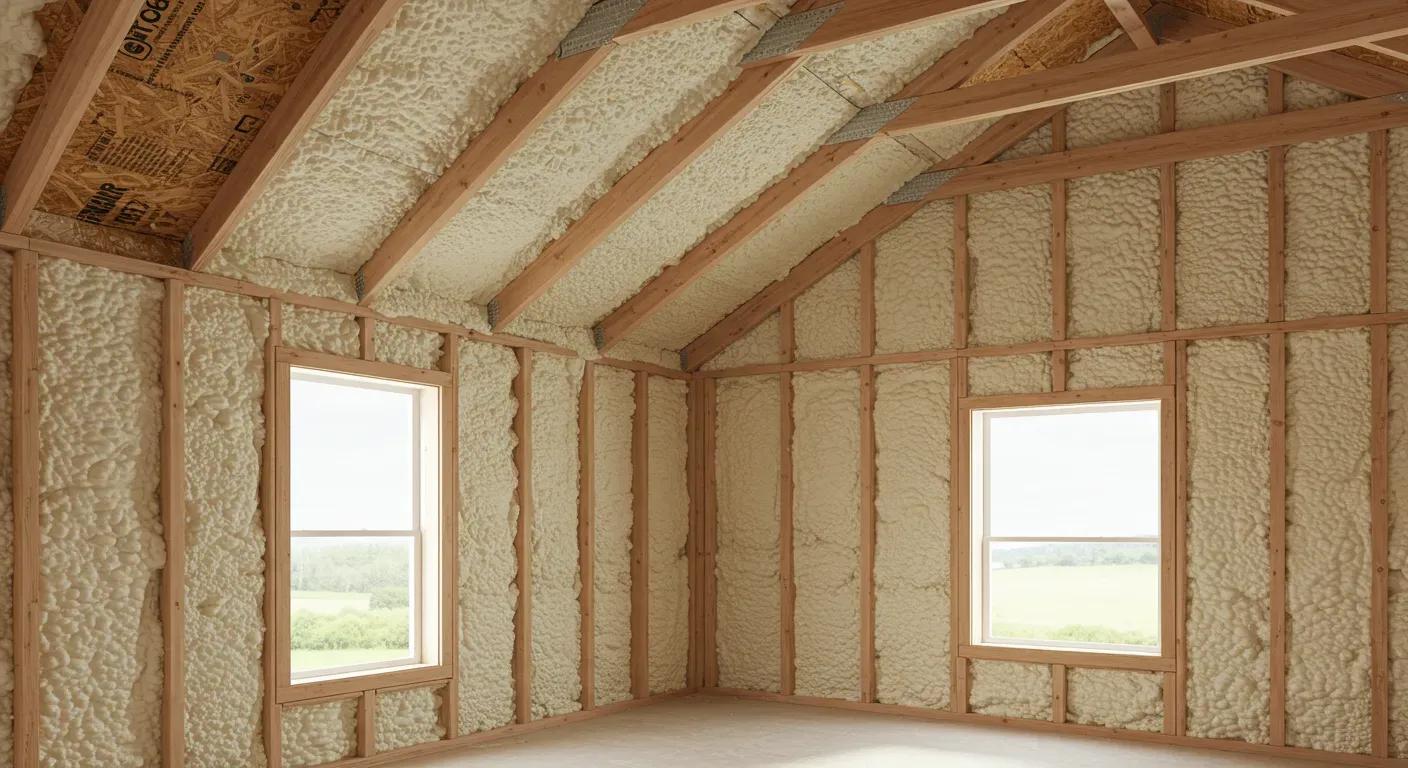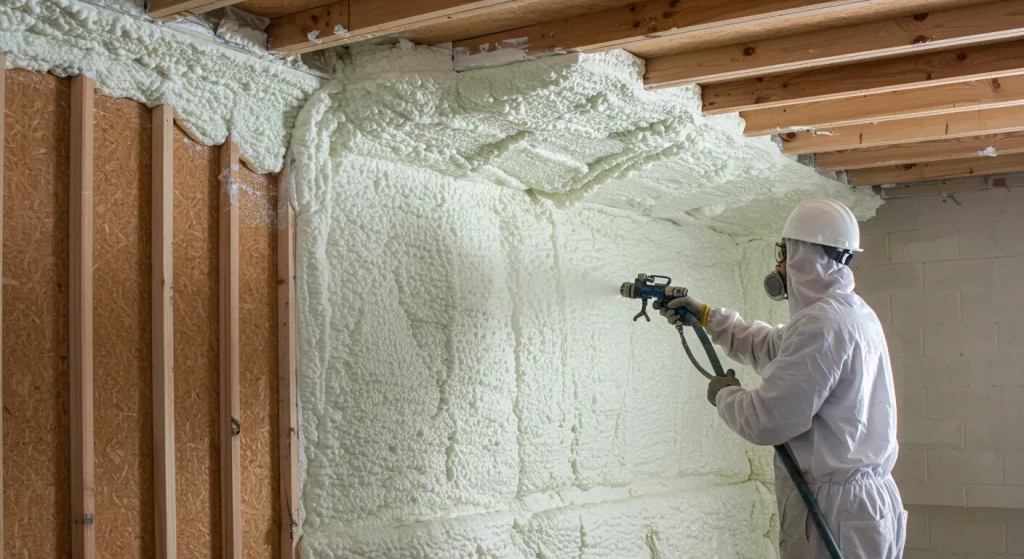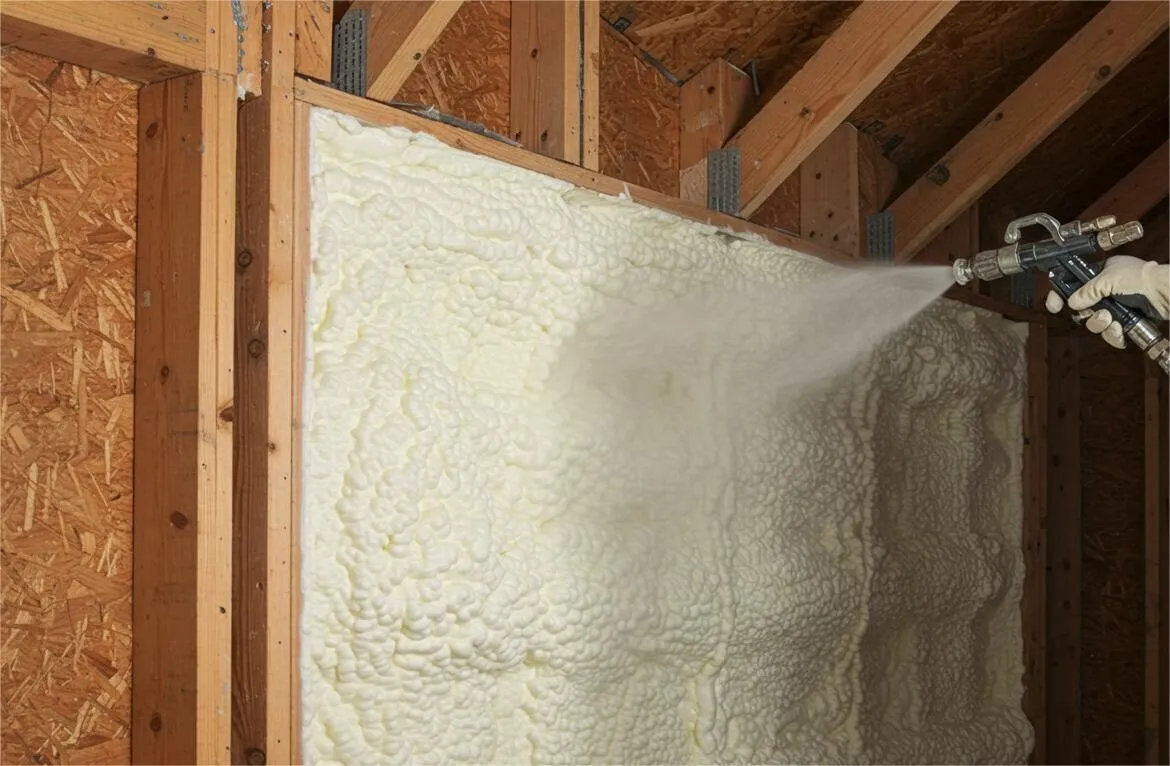

Spray foam insulation is long-lasting, but it’s not permanent. In residential settings, it typically remains effective for 20 to 30 years. Replacement becomes necessary when insulation performance declines, damage occurs, or building codes and energy standards change. Moisture exposure, pest intrusion, or renovations that open up wall cavities often trigger reevaluation.
Homeowners should consider replacement when indoor comfort decreases, energy bills rise unexpectedly, or insulation appears degraded. Spray foam that is crumbling, pulling away from framing, or retaining moisture is no longer functioning properly. Early signs demand immediate attention to avoid broader issues like mold growth or structural deterioration.
This article provides technical, performance-based insight grounded in field experience with insulation installs and removals. All recommendations reflect real-world observations across various building types and Pacific Northwest climates.
| Cause | Description |
|---|---|
| Improper Installation | Incorrect mixing, curing, or thickness can compromise lifespan |
| Moisture Intrusion | Leads to microbial growth and physical breakdown |
| Rodent or Insect Damage | Burrowing disrupts foam structure and exposes gaps |
| Foundation or Wall Shifting | Structural movement separates foam from surfaces |
| Retrofitting or Renovations | Alterations can expose or damage sealed foam sections |
Bonus Tip: Always confirm that installers followed proper ratio mixing and applied foam at recommended thickness during the original install. Thin applications degrade faster and offer less R-value.
| Property | Closed-Cell Spray Foam | Open-Cell Spray Foam |
|---|---|---|
| Typical Lifespan | 25-30 Years | 15-20 Years |
| Expansion Rate | 30-40x | 100x |
| Structural Rigidity | High | Low |
| Air Seal Effectiveness | Excellent | Good |
| Sound Dampening | Moderate | Excellent |
| Vapor Barrier | Yes | No |

Source: U.S. Department of Energy (2024), Building Science Corporation (2023)
Bonus Tip: Infrared thermographic scanning can reveal hidden insulation performance issues without removing drywall.
Only if it has been exposed to moisture or is crumbling. It can harbor mold or pests if compromised.
No. The old foam must be fully removed before new application to ensure adhesion and performance.
Usually yes, unless foam is accessible through attics, crawlspaces, or during renovation work.
One to three days, depending on access and project size.
Have questions about spray foam condition or removal? Cascadia Spray Foam of Seattle offers technical consultations based on direct installation experience in residential and commercial environments across the region.
Contact Info:
Look for cold spots, uneven temperatures, or increased energy use. A professional energy audit can confirm.
Yes. Attics face wider temperature fluctuations, which can reduce foam lifespan compared to wall applications.
Small gaps may be patched, but degraded foam typically needs full removal to restore insulation integrity.
Old spray foam must be bagged and disposed of per local waste management guidelines for construction materials.
Yes. Newer codes often require higher R-values or better air sealing, which older installs may not meet.


